Homes
Practical advice, real-life reviews and design inspiration to help you create the home you’ve always wanted.
.jpg)
Why you should never squeeze your teabag – and other golden tea-making rules
Want to make the perfect brew? Then follow these expert tips
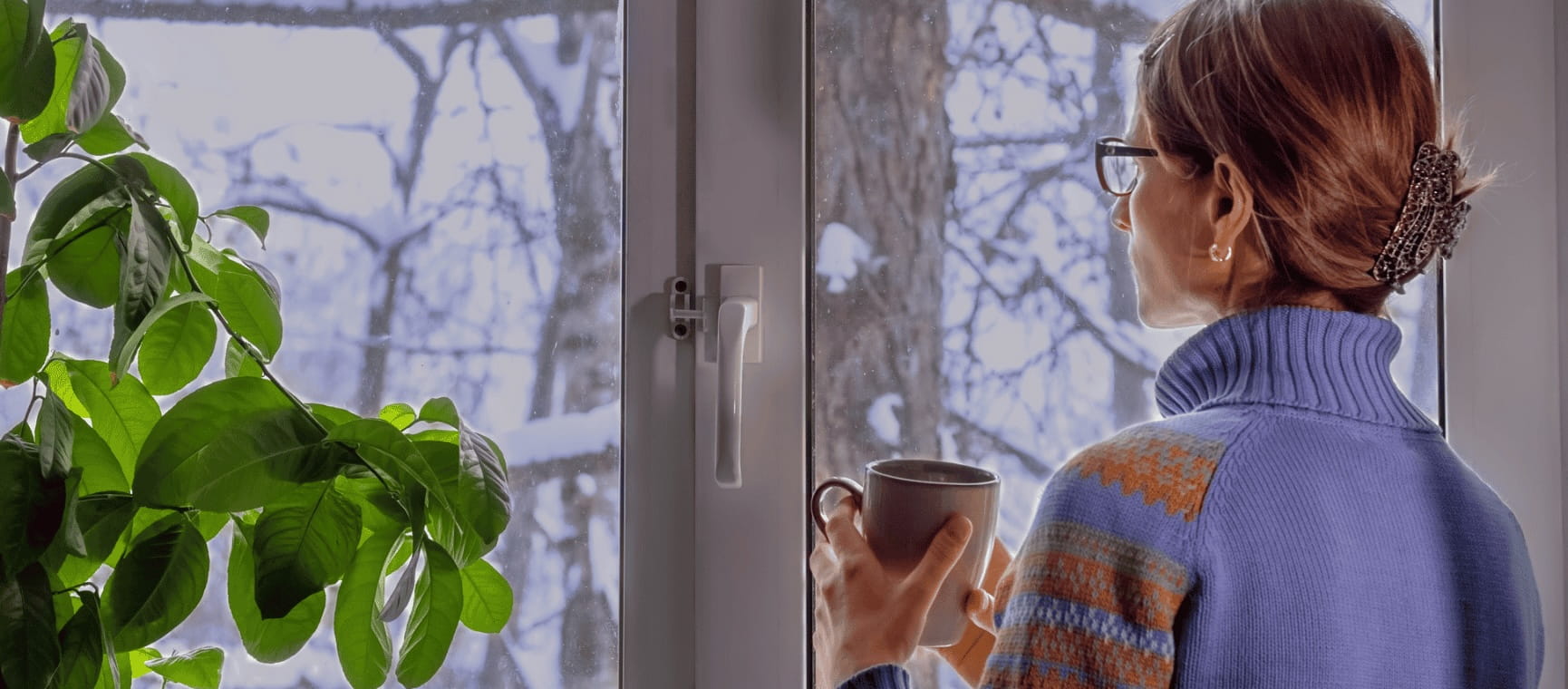
8 ways to keep warm - without turning up the heating

Winter energy scams are at record highs – how to keep your money safe and beat the fraudsters
A top consumer champion shares his 6 top tips on how to tackle the winter energy scams.
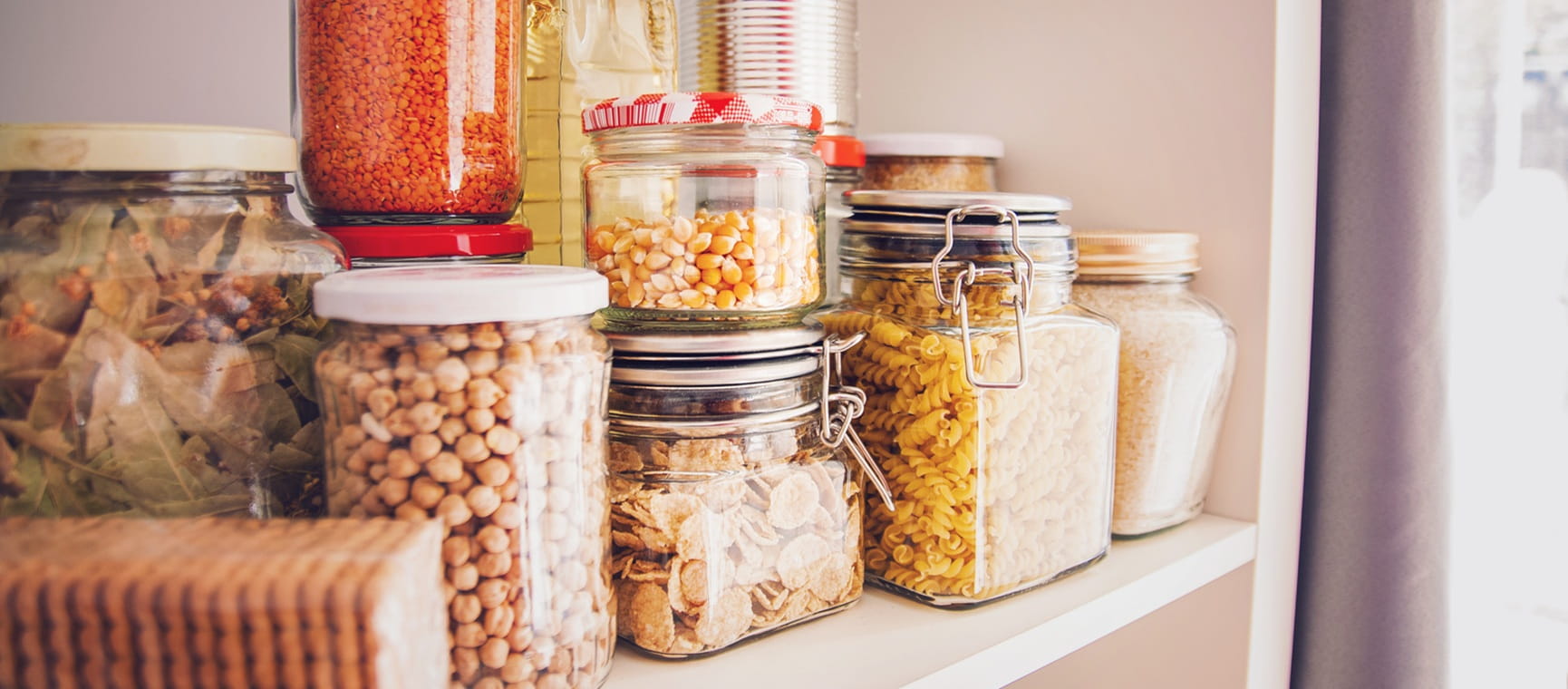
How well stocked is your store cupboard?

How to save on your heating bills every month
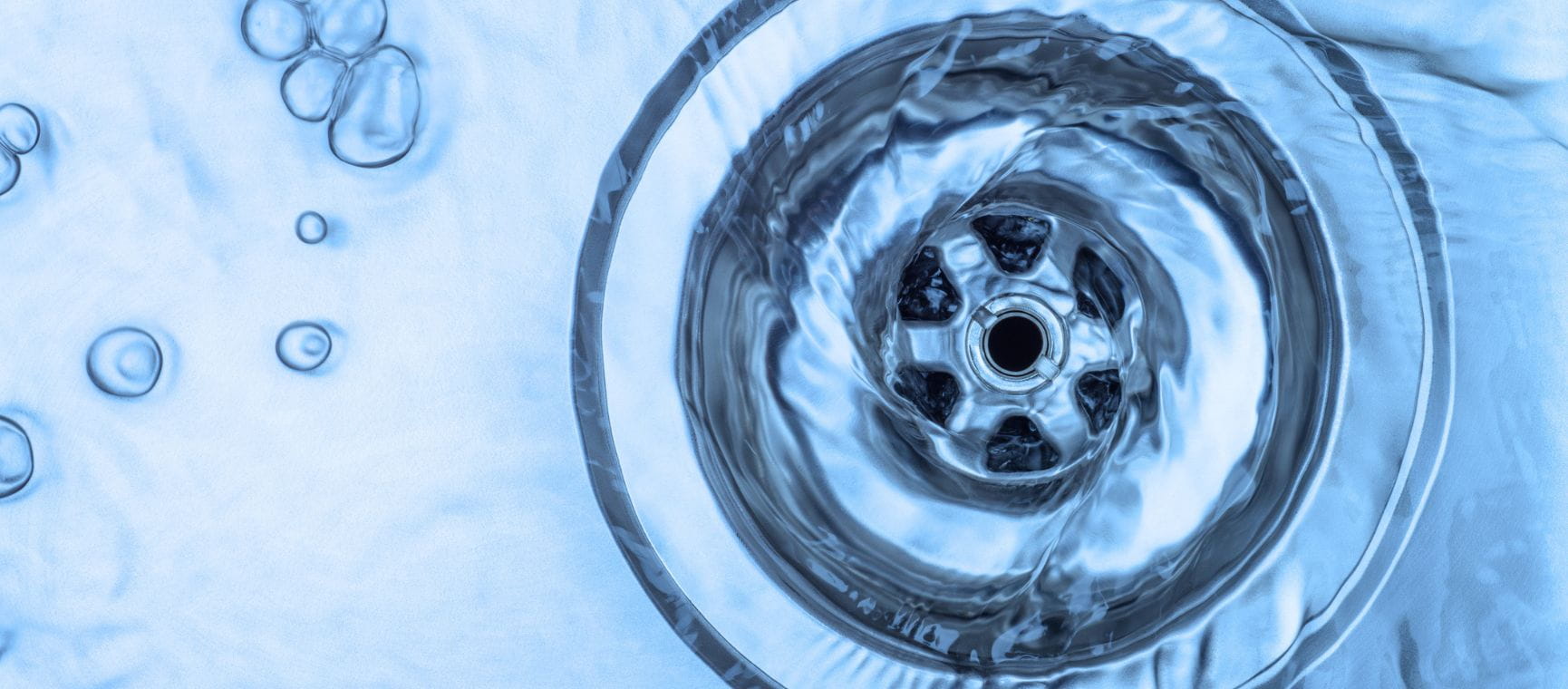
10 things you should never put down the sink
.jpg)
Why you should never squeeze your teabag – and other golden tea-making rules
Want to make the perfect brew? Then follow these expert tips
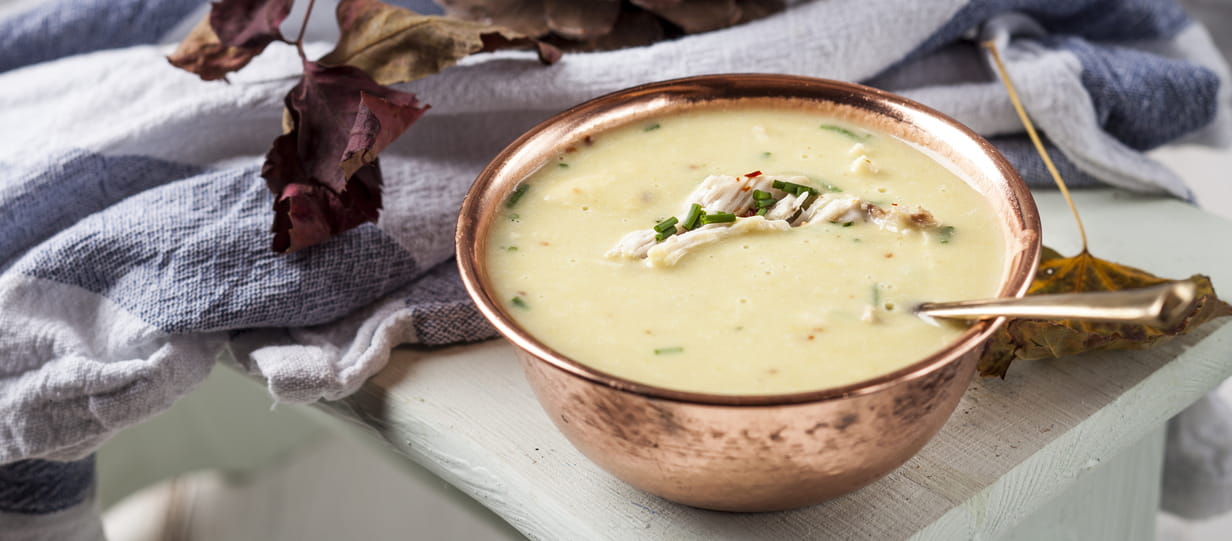
The best tinned cream of chicken soup: tried and tasted
Our expert tasters put supermarket and top brand tinned cream of chicken soup to the test to find out which is the best to buy.

How to keep warm for less - and why it matters to your health
Staying warm is important to protect our health. Here's how to achieve it without bumping up your energy bills.

Win a wine tour
Enter our competition to win a guided wine tour, lunch and overnight stay, worth more than £600, in the South Norfolk countryside.
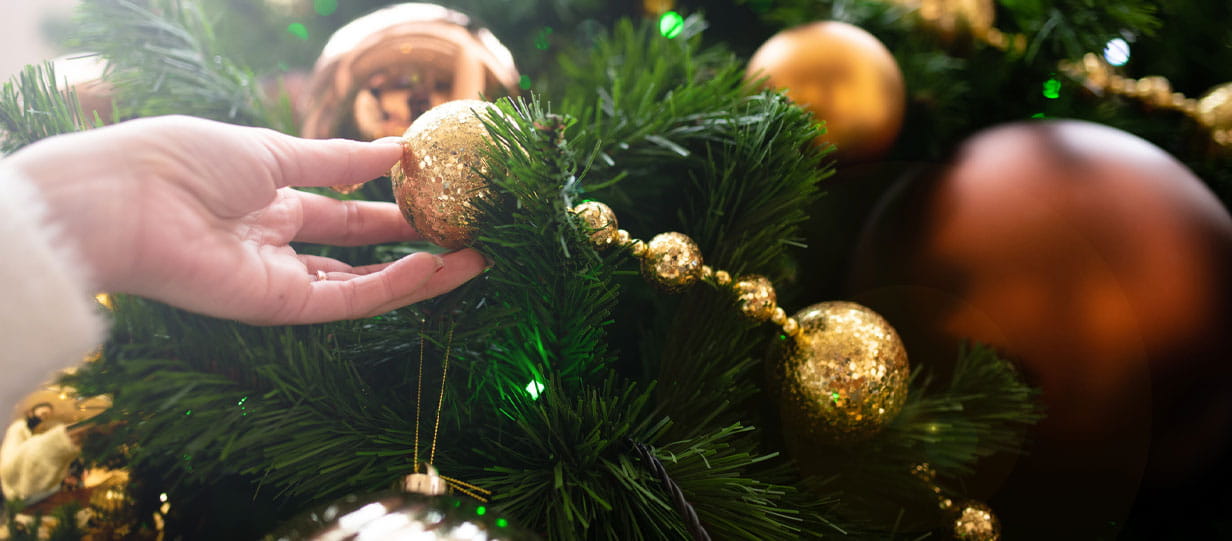
What your Christmas decorations say about you
In my 20 years writing about interiors I’ve found there are 7 clear Christmas decorating tribes - find out what your tree says about you.

How to get your home ready for Christmas
As we count down to the big day, we've got the tips and tricks to get your home fit for the festivities.

How to avoid Christmas dinner mistakes by a top Saga cruise chef
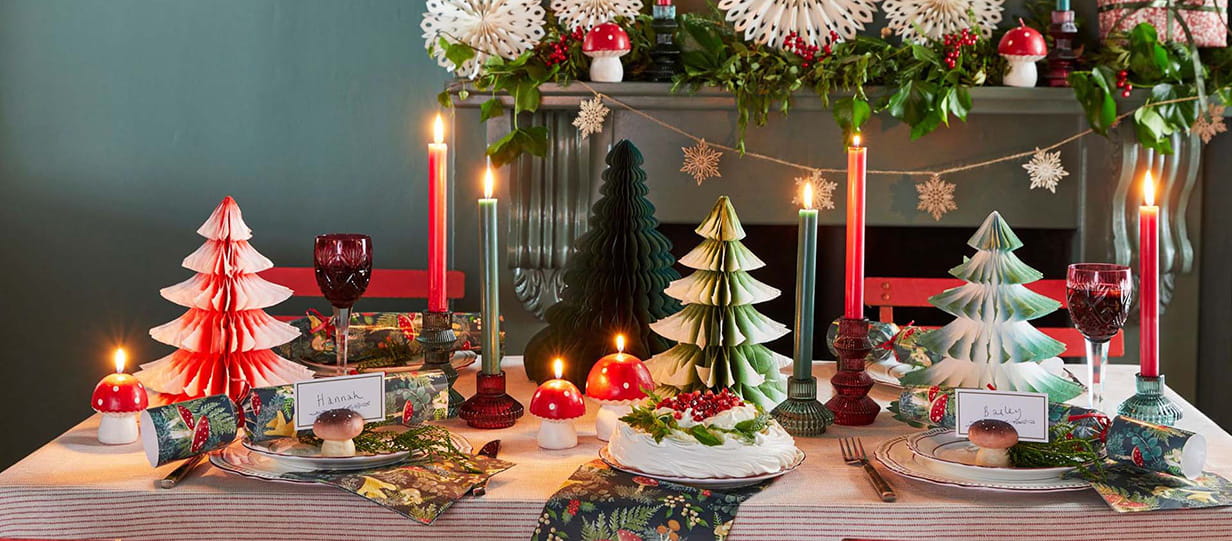
Get your Christmas table ready: 7 decoration ideas for the festive season

For a limited time, enjoy 3 issues of Saga Magazine for just £1. Receive the next 3 print editions delivered direct to your door, plus 3 months’ unlimited access to the Saga Magazine app—perfect for reading on the go.
Don’t miss your chance to experience award-winning content at an exceptional price.
Play our free daily puzzles
Beat the boredom and exercise your mind with our selection of free puzzles.



